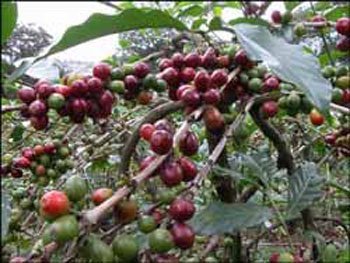
|
| llustrative image. |
Scientists have obtained stronger new hybrids by crossing traditional local varieties with coffee plants from Africa. It will not only increase production but also rescue declining varieties, according to Merardo Ferrer Vivas of the Jibacoa Agroforestry Station.
The next step is to plant about 3,000 coffee plants of the new hybrid in the research station, before expanding the technology over the country, Vivas said.
However, it remains uncertain whether the newly improved varieties will help turn around Cuba's ailing coffee industry, which has fallen about 90 percent in recent years from its peak years in the 1960s.
The worst harvest in history registered in 2009 with just about 5,500 tons. The Cuban government had to spend 50 million U.S. dollars to import 18,000 tons of coffee to meet domestic demand.
"Coffee production is a strategic issue for Cuba," Deputy Agriculture Minister Ramon Frometa said at the First International Conference on Coffee and Cocoa in June.
The main causes of the drop in coffee output include "the lack of funding and resources, and bad decisions and practices that discouraged planting," according to Agriculture Minister Gustavo Rodriguez Rollero.
The government has launched a development program to reverse the deficit, with the hope that coffee can become a major export product by 2015, Rodriguez said.
The strategy includes a new system of prices to pay coffee growers and a reorganization of plantations.
Authorities expect coffee output to reach 20,000 tons by 2015, and eventually between 28,000 and 30,000 tons per year.
Cuban leader Raul Castro has said the country cannot afford the luxury of spending nearly 50 million dollars on coffee imports.
VietNamNet/Xinhuanet